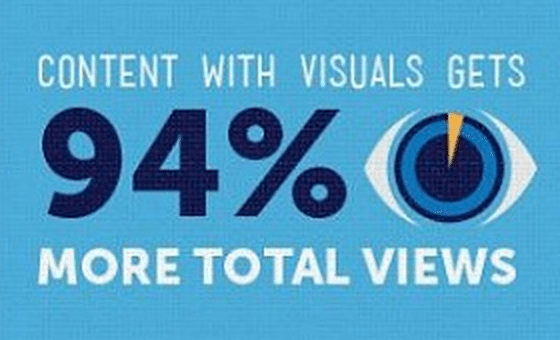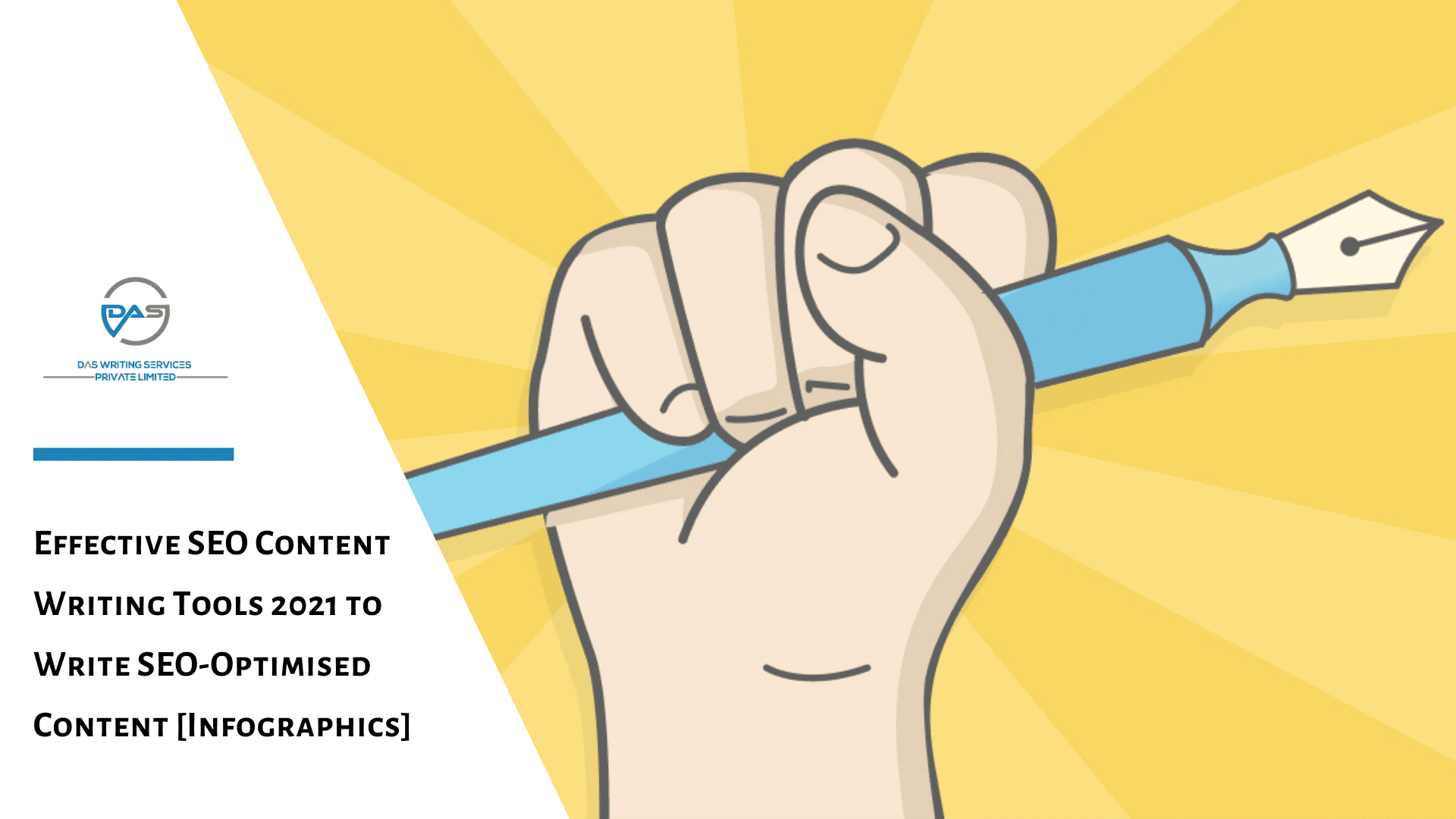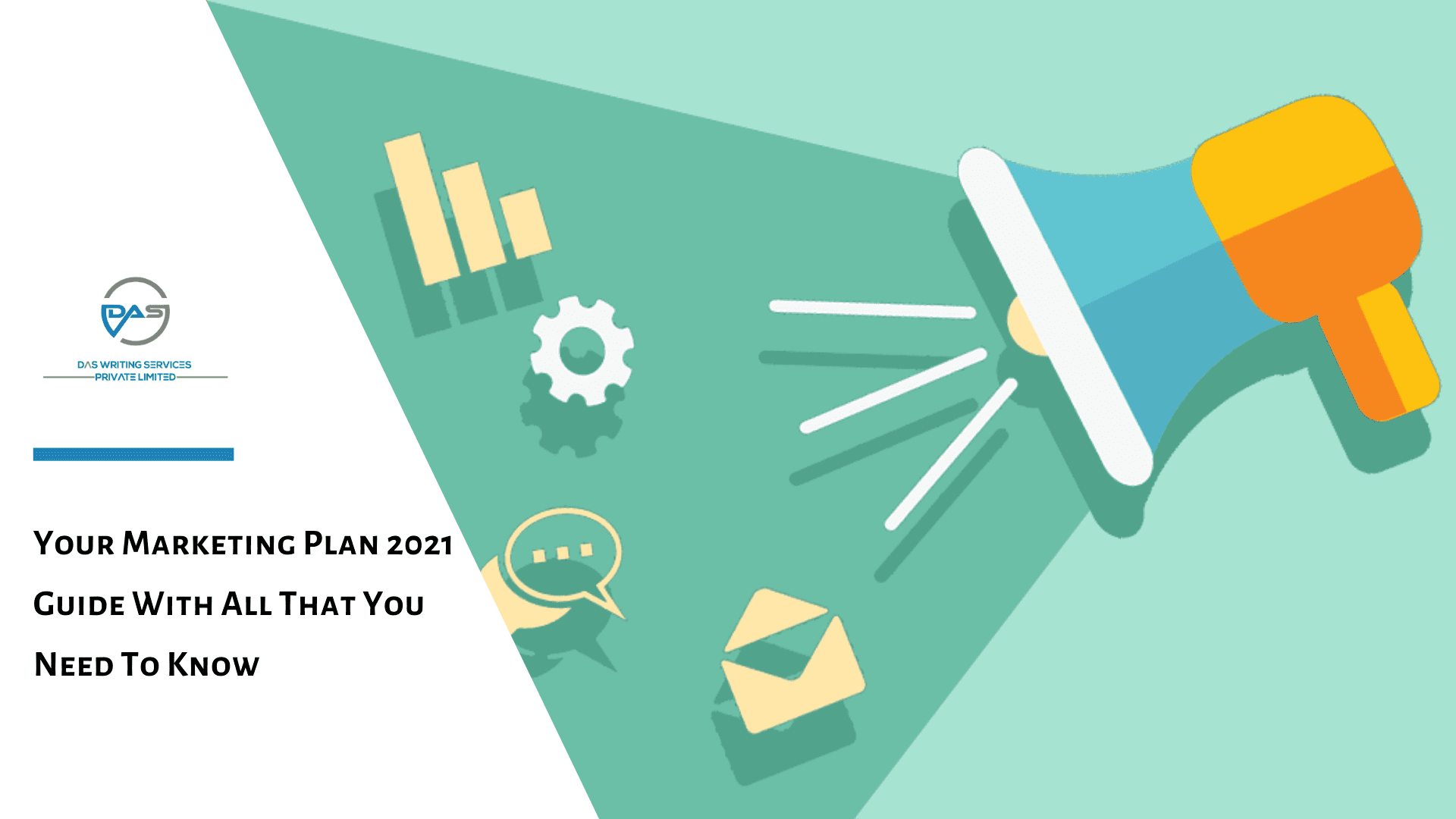Visuals trump verbal.
Around 65% of the population are visual learners, so you can imagine how necessary it is to get visual content out there for better understanding. Marketers, too, have jumped on the visual bandwagon. Around 37% of them agree that visual content (pictures, infographics, statistics, charts, tables, videos, memes, screenshots) is highly essential to the content marketing strategy.
So what are the types of visual content that are essential for 2021?
Check them out below as we give you 7 image-based content that you cannot do without this year!
1. Data-Driven Visual Content
![10 Visual Content Marketing Statistics to Know for 2017 [Infographic]](https://www.daswritingservices.com/wp-content/uploads/2023/11/visual-content-scaled.jpg)
Research by QuickSprout revealed that data-driven visual matter managed to rank fourth in shareable content. This type of content is also a “well-kept secret” by which you can be perceived as an industry expert in your domain. Data-driven content also helps to drive home the point quicker than purely text-based content.
But the statistic that will help you convert to the view that this type of content is the essential visual content of 2021 is this – 258% of blogs with this image type received more trackbacks than those that didn’t have any. All the more reason to choose data-driven visual content.
2. Relevant Images Make Long Blogs Interesting
Reading long-form blogs or articles can be quite a challenge unless there is some visual content to spice it up!
Marketer Jeff Bullas says that articles or blogs with pictures get 94% more views than content without them.
There’s a reason behind this.
Readers have got shorter attention spans than usual, and with a saturation of digital content, readers mostly skim through write-ups rather than read them. Here’s where high-quality arresting images can help grab a reader’s interest. Search for pictures of Flicker, Unsplash, and Shutterstock.
Just make sure you have permission to use the images, however.
3. Infographic Visual Content
Infographics have a simple way of making any complicated subject simple. It delivers snackable bite-sized data in a way that can be easily consumed and understood. Once you have created an infographic, you can promote it on Pinterest, SlideShare, LinkedIn, via other influencers, and social media.
When preparing an infographic, you can focus on the layout of the content, colours, text and fonts. Remember, the role the infographic plays is that of an appetiser. If it fails to bring readers to the blog or article, it hasn’t done its job!
So it should be a culmination of the whole article.

4. Use Quotes From Industry Experts
You can use quotes from industry experts to help your audience understand that the “Authority” believes this. It can create a sense of credibility about the article or blog that is hosting the quote.
Also, if you can use an influencer with his or her quote, it will tend to add weight and gravitas to the article you are writing. Something inspirational, full of industry insight or a witty take on a grim situation, and you have found a piece of visual content that can help increase the shares, and likes and help it reach that “viral” status that you want.
5. Videos
Videos on the landing page help to increase conversions by 86%. There are numerous types of videos that are useful to enhance your business. You can use introduction videos, how-to videos, animated explanation videos, and demonstrations. Lastly, short customer testimonials are also beneficial to boost brand image.
Some use videos as an alternative to reading the blog. They supplement the blog content by providing a video that explains what the blog is about. This creates engagement and an option for those who don’t want to read!
6. Screenshots
Screenshots make content more believable, especially in the case of how-to articles. Step-by-step guides that show you screenshots of how to apply for college or how to create your own websites are an absolute winner. These visual guides help to make processes clear for users. You can usually use screenshots to show examples of how things work.
For example, if you were writing a blog on setting up your own Wix site, a screenshot of every step of the process might help users visualise what to expect in the process.
7. Memes
Some might think memes are irreverent and something that is shared by the youth only. However, memes have a great way of being humorous yet putting across the point. You can use memes, especially when aiming to strike a chord with the reader, to increase shares and likes.
You can also use this type of visual content to promote blogs on social media.
To conclude, you need visual content to create an engagement with the reader. Apart from educating and enlightening them, visual content can also help to create the much-needed “light moment” in a blog or article that makes reading palatable. Use this essential visual content and jazz up your content marketing strategy!
Subhodip Das is the founder and CEO of Das Writing Services Pvt. Ltd. He has an experience of 12 years in the field of Digital Marketing and specialises in Content Writing and Marketing Strategies. He has worked with well-established organisations and startups helping them achieve increased Search Engine Rank visibility. If you want to grow your business online, you can reach out to him here.




Leave a comment
All comments
Biżuteria męska
This post was packed with useful advice. Thanks for always delivering!